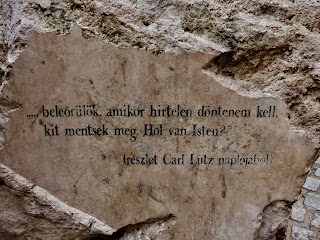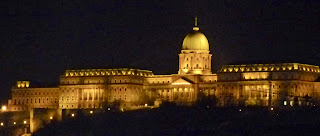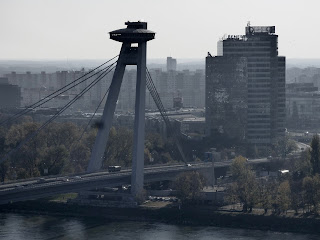Budapest, Hungary
November, 2016
Hungary takes up 1/3 the length of the Danube and, as its capital city naturally and gently straddles the river, it makes perfect sense that Budapest would be known as the “Queen of the Danube.” The largest city in the country and its main political, cultural, commercial, industrial, and transportation hub, Budapest is a two part city with Buda and Pest sitting on opposite sides of the river and connected by a series of bridges. Hungarian history dates back to the time of the Celts, but that was just the beginning of a long line of rulers, each leaving its unique imprint. Roman rule came next, followed by the Magyar tribal conquest and the later crowning of Saint Stephen as the country’s first king and its conversion to Christianity. King Matthias was the future medieval king whose interest in the arts and sciences brought his country to prominence. The Mongols and the Ottomans followed, but it was wasn’t until the reign of the Habsburg Monarchy that the towns of Pest, Buda, and Obuda were combined into one, officially creating the city of Budapest in 1873.
World War I was a major turning point for the country; the Habsburg Empire collapsed and Hungary, now independent, was carved up with 2/3 of its territories that included a few million Hungarian speakers going to neighboring countries. During the years between the world wars, Hungary became a German ally, although when the government tried to sign a separate peace treaty with the Allied Powers close to the end of the World War II, the Nazis invaded in full force putting the Arrow Cross Party in charge and setting up a fearful and bloody dictatorship. The 400,000 Jews living in the countryside were murdered by German Nazis and their Hungarian sympathizers, although 60% of the Jewish community of Budapest was saved thanks to the heroic efforts or Raoul Wallenberg, Giorgio Perlasca, and Carl Lutz who rescued thousands.
Allied air raids ultimately destroyed much of the city near the end of the war; the Battle of Budapest killed more than 38,000 civilians as the city was in the crosshairs between the attacking Soviets and the German and Hungarian troops that were defending their hold; the Germans, ultimately destroying all the bridges connecting Buda and Pest.
Coming under the control of the Communists after the war, Budapest, once again, became a city without freedom; a city where people were threatened with their lives unless they “spied” on their neighbors; an attempt to destroy trust amongst the population and remove any social democracy and free-market economy that had existed prior. There’s a museum in the city called the House of Terror and with photographs, documents, and artifacts, it helps the visitor to understand the greed and inhumanity of the Communists and the heart-wrenching pain inflicted on the Hungarian population.
The year 1956 brought peaceful demonstrations that blossomed into the Hungarian Revolution causing the collapse of the Stalinist dictatorship, although the entrance of Soviet tanks and weaponry ultimately crushed the revolt and left 3,000 dead.
The end of the1980’s brought a reform movement in Eastern Europe, led by Hungary, that ended the communist monopoly, and, in 1989, the constitution was changed and the country adopted a democratic multi-party system. Budapest weathered another ten years of transitional ups and downs, but by the dawn of the 21st century, it had become a vibrant city once again. Today’s Budapest abounds with movement; an unstoppable energy that flows in the streets; cosmopolitan and modern, yet adorned with the magnificent architecture of its past, it is filled with colorful tradition, but always with a clear eye to the future.
Heroes' Square (Pest)
Fisherman's Bastion (Buda)
A View of Pest from Buda
Matthias Church (Buda)
Buda Royal Castle (now the National Gallery)
Hungarian Parliament Building (Pest)
While walking about (not far from the Parliament)
Liberty Monument
The Chain Bridge - Connecting Buda and Pest (Original bridge was the oldest in Budapest
Shoes on the Danube Bank Memorial, a series of 60 pairs of steel sculpted shoes commemorating Jews shot here in WWII.
Sztehlo Gabor Monument- Gabor was a Christian Minister in Budapest who rescued hundreds of Jewish children during the Holocaust
Jewish Quarter
Rumbach Street Synagogue (Moorish Style 1912-1913)
Used until the Holocaust-much of it is in ruins
Kazinczy Street Synagogue (late Art Nouveau 1912-1913
Orthodox Synagogue destroyed during the Holocaust and rebuilt after the war
The Dohany Street Synagogue (largest Synagogue in Europe)
Jewish Cemetery - Located in the backyard of the Heroes' Temple next to the Dohany Street Synagogue. Over 2,000 people are buried here who died in the Jewish ghetto during the winter of 1944-1945.
Raoul Wallenberg Holocaust Memorial Park
Carl Lutz Memorial
Budapest at night and a fond farewell..

















































